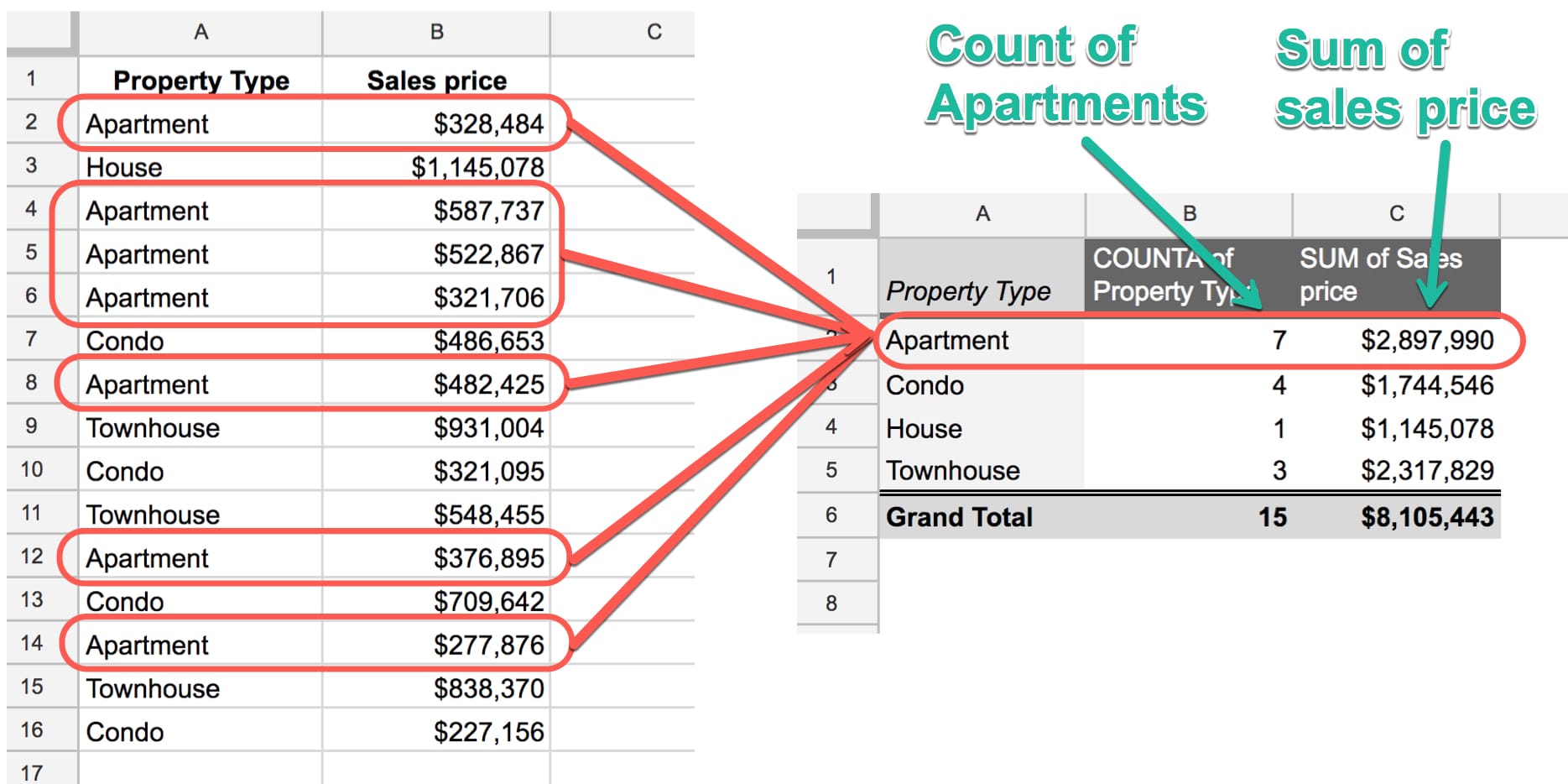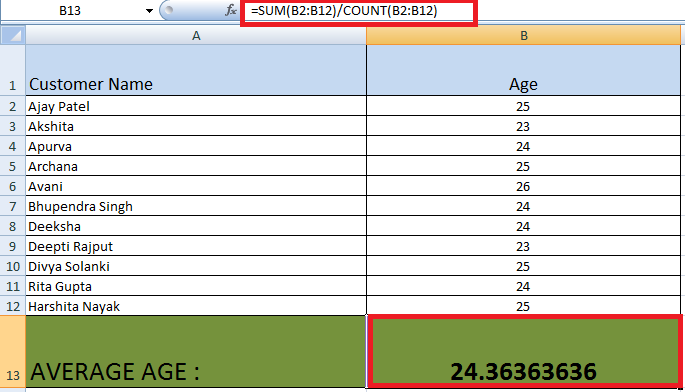

- #How to use pivot tables in excel to count average update
- #How to use pivot tables in excel to count average download
If your data set wasn’t formatted as a table, it will appear in the PivotTable Fields pane with a table name of “Range.” Otherwise, it will appear with a name such as Table1 or tblSales if you previously renamed the table. In the Create Pivot Table dialog box, check the box to Add This Data To The Data Model.

Select one cell in the data, and use Insert, Pivot Table.

It’s no longer necessary to format the data set as a table. The relevant columns are Date, Product, and Sales. The data set has thousands of rows of sales data on a single worksheet. If that is going to bother you, then use the Customer Filter to remove all customers with sales of zero. While keeping all rows intact, the calculation adds a new column that essentially says, “If the dates are in the last 12 months, bring the sales amount to this new column otherwise put zero in this column.” That means the lost customer from 2017-2018 will appear in your pivot table, but with sales of zero. That’s why a calculation is more effective. If, for example, you had a customer who purchased from you in 20 but not in 2019, that customer wouldn’t appear in the pivot table. The filter would virtually remove all rows that weren’t from this year. Say that your data set had four years’ worth of sales, and you filtered to This Year. This process is different from filtering. But starting with Excel 2016, the functionality that you need is built in to the core Excel product.
#How to use pivot tables in excel to count average download
With earlier versions of Excel, you would need to download the Power Pivot add-in in Excel 2010 or pay for the Power Pivot add-in in Excel 2013. If you have Excel 2016 or newer in the Windows versions of Excel, you can solve this problem using some calculated fields written using the DAX formula language.
#How to use pivot tables in excel to count average update
The closest would be to use the Between filter, but that would require the user remembering to update the settings each time. None of these handle a rolling 12 months. There are choices for This Year, Last Year, Year to Date, All Dates in Quarter 1, Today, Yesterday, or Tomorrow. That’s a lot of choices, but there’s nothing in that long list that would provide a rolling 12 months. When I set out to determine the answer, I first headed to the Date Filter flyout menu in pivot tables, which have around two dozen options for filtering dates.


 0 kommentar(er)
0 kommentar(er)
